How to Transform Your Space with Innovative Lighting Design Techniques
Transforming your space through innovative lighting design can not only enhance its aesthetic appeal but also elevate the overall ambiance and functionality. Lighting design plays a crucial role in setting the mood and can dramatically affect how a room feels and operates. By understanding various techniques and approaches to lighting, homeowners and designers alike can create environments that reflect personal style while promoting comfort and usability. Whether it’s through the strategic placement of fixtures, the use of color temperature to invoke different emotions, or layering different types of lighting to create depth, the possibilities are endless. In this guide, we will explore various innovative lighting design techniques that can fundamentally change the way you experience and inhabit your space, providing practical tips and inspiration to help you illuminate your world like never before.

Exploring the Psychology of Light: How It Affects Mood and Behavior
Light is more than just a tool for visibility; it profoundly influences our mood and behavior. The brightness, color, and positioning of lighting can evoke various emotional responses and even alter our perception of space. Warm, soft lighting often creates a sense of comfort and intimacy, making it ideal for relaxation areas such as bedrooms or living rooms. Conversely, bright, cool lighting can stimulate alertness and focus, which is why it is frequently utilized in workspaces or kitchens. Understanding these psychological effects allows us to harness light as a powerful design element.
Innovative lighting design techniques can further enhance the emotional ambiance of a space. Incorporating adjustable lighting systems, such as dimmers or smart lighting solutions, enables individuals to tailor the environment to their personal preferences and needs. For instance, during social gatherings, warmer tones can foster conversation and connection, while brighter settings may be effective for tasks requiring concentration. By strategically combining different lighting sources, from ambient to task-specific, we can create layered environments that resonate with our psychological requirements, ultimately transforming any space into a haven that nurtures both productivity and well-being.
Impact of Light Color on Mood and Behavior
Innovative Techniques for Layered Lighting: Combining Ambient, Task, and Accent
Creating an inviting and functional space requires a thoughtful approach to lighting design. Layered lighting, which combines ambient, task, and accent lighting, can significantly enhance the atmosphere and usability of any room. Ambient lighting serves as the foundation, providing overall illumination. This can be achieved through ceiling fixtures, chandeliers, or even large lamps that distribute light uniformly.
Task lighting is essential for specific activities such as reading, cooking, or working. Incorporating focused lighting sources like desk lamps, under-cabinet lights, or pendant lights can improve functionality while adding style.
**Tips:** Consider adjustable fixtures for task lighting, allowing you to direct light exactly where it's needed. Utilize dimmers to control the intensity of ambient light, creating flexibility for different times of day and moods. Finally, enhance your space with accent lighting such as wall sconces or track lighting to highlight artwork or architectural features, adding depth and interest to your design. By thoughtfully layering these lighting types, you can transform your space into a well-lit, inviting haven.
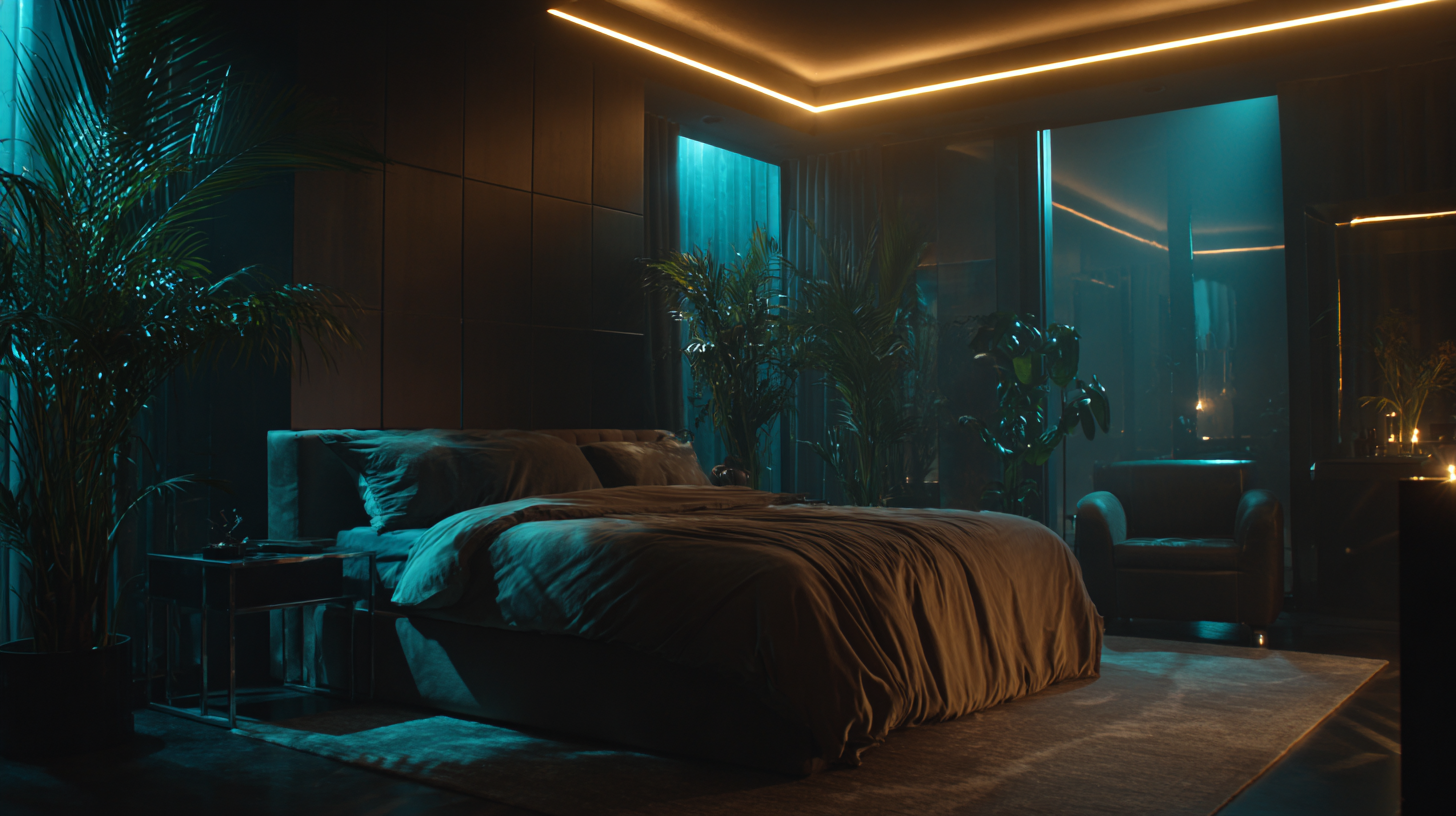
Sustainable Lighting Solutions: Eco-Friendly Options for Modern Spaces
In today's world, sustainable lighting solutions have become essential in creating eco-friendly modern spaces. Adopting energy-efficient technologies, such as LED bulbs, not only reduces electricity consumption but also extends the lifespan of lighting fixtures. These long-lasting options come in a variety of styles, allowing homeowners to maintain aesthetic appeal while prioritizing sustainability. By minimizing energy use, one can significantly lower carbon footprints and contribute to a healthier planet.
Moreover, innovative designs incorporating natural light have emerged as a vital aspect of sustainable lighting. Skylights and large windows maximize sunlight during the day, reducing reliance on artificial lighting. Additionally, incorporating smart lighting systems allows for better control of energy usage, adjusting brightness based on occupancy or time of day. By blending aesthetics with functionality, these eco-friendly options not only enhance the ambiance of a space but also promote a more sustainable lifestyle.
Using Smart Technology to Enhance Lighting Flexibility and Control
In 2023, the global smart lighting market is estimated to reach a staggering $16.17 billion, with a projected compound annual growth rate (CAGR) of 16.52% from 2024 to 2031. This rapid growth reflects the increasing integration of smart technologies in lighting design, allowing for unprecedented flexibility and control in various environments. As cities evolve into smart cities, the deployment of advanced metering infrastructures and intelligent sensors will enhance not only lighting solutions but also energy efficiency across multiple sectors.
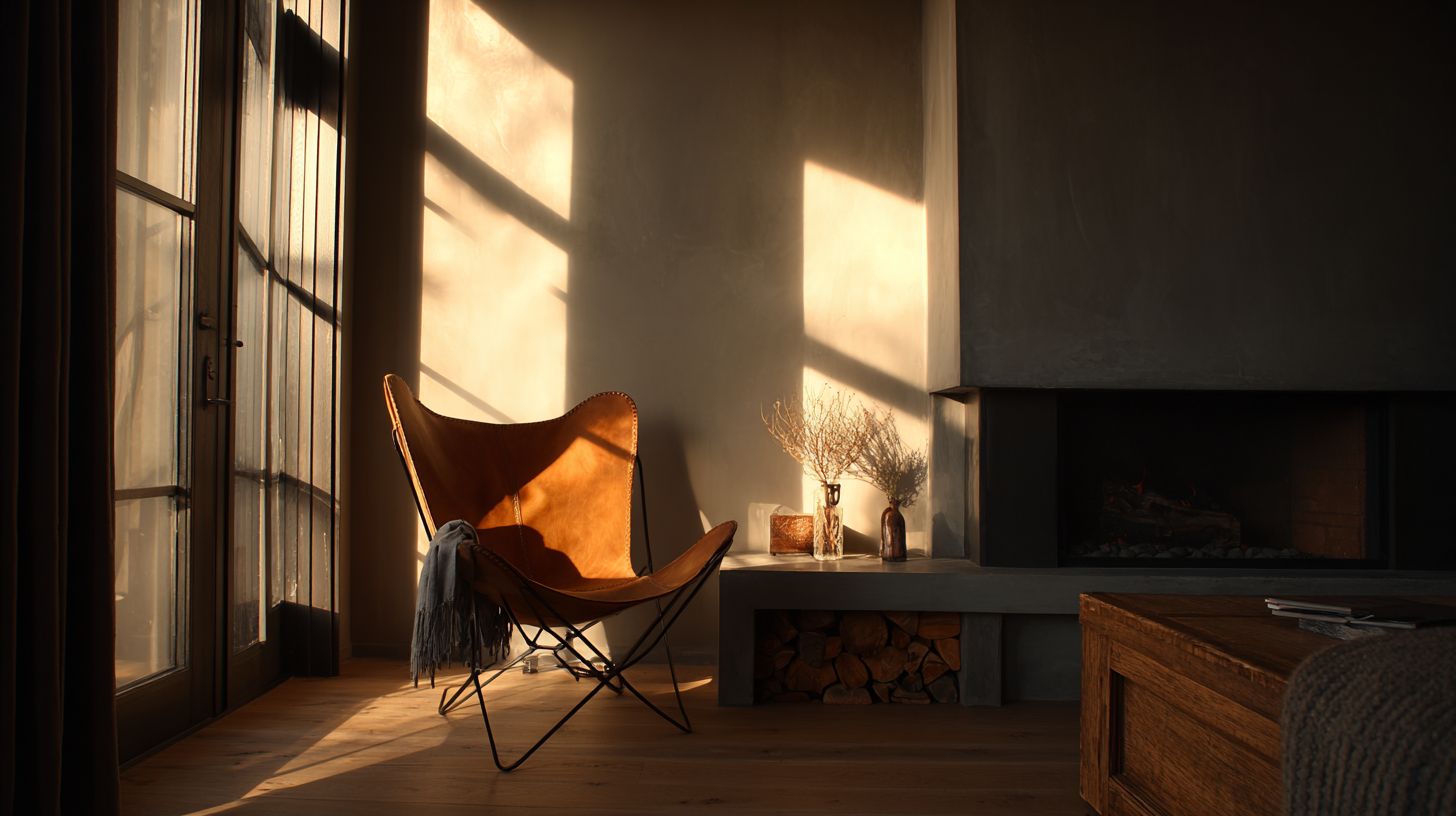
Recent advancements in smart lighting technology have transformed traditional illumination methods into sophisticated, adaptable solutions. Innovative systems now offer features like human-centric lighting and adaptive brightness adjustments, driven by developments in wireless technology and artificial intelligence. These intelligent lighting applications are not just for aesthetic purposes; they play a vital role in energy conservation and creating more comfortable living and working spaces, paving the way for a more sustainable future in urban planning and infrastructure development.
Creative Fixtures and Installations: Unique Ideas to Elevate Your Interior Design
Creative lighting fixtures and installations play a pivotal role in enhancing the overall ambiance of a space. By incorporating unique designs, such as sculptural pendant lights or geometric wall sconces, homeowners can create a visual impact that transforms a room from ordinary to extraordinary. For instance, a cluster of pendant lights with varying lengths can draw the eye upward, making a ceiling appear taller and the space more expansive. Additionally, using fixtures with different materials—like metal, glass, or wood—adds texture and warmth, complementing other design elements.
Another innovative technique involves utilizing lighting as an art form. Incorporating LED strip lights in unexpected places, such as under shelves or along baseboards, can create a modern feel while providing both form and function. Upcycling vintage lamps or creating custom installations can introduce a personal touch that narrative history into the space. Implementing dimmers and smart lighting solutions allows for versatile mood settings, making it easier to transition between day-to-night functions, ultimately elevating the entire interior design experience.
Related Posts
-

Innovations in Landscape Lighting for 2025 and Tips for Global Buyers
-

7 Compelling Reasons to Choose Led Spotlights for Your Home Lighting Solutions
-
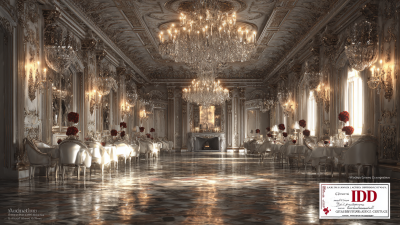
Achieving Best Lighting Decoration with Industry Import Export Certification Guidelines
-
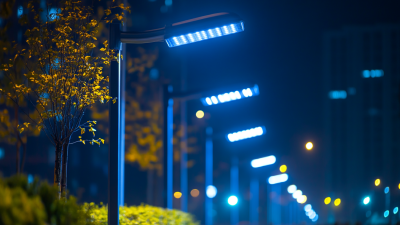
Unwavering Quality of Best Solar Street Lights Crafted in China Trusted Worldwide
-
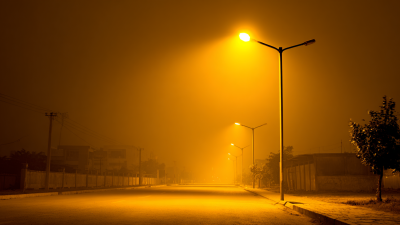
Ultimate Guide to Choosing the Best Solar Street Light: A Comprehensive Comparison for Global Buyers
-
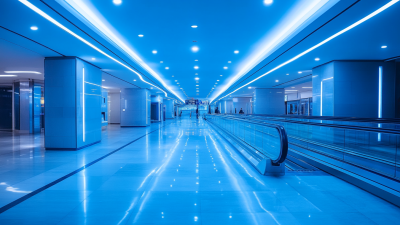
Finding the Right Supplier for Ceiling LED Lights Essential Considerations and Steps
